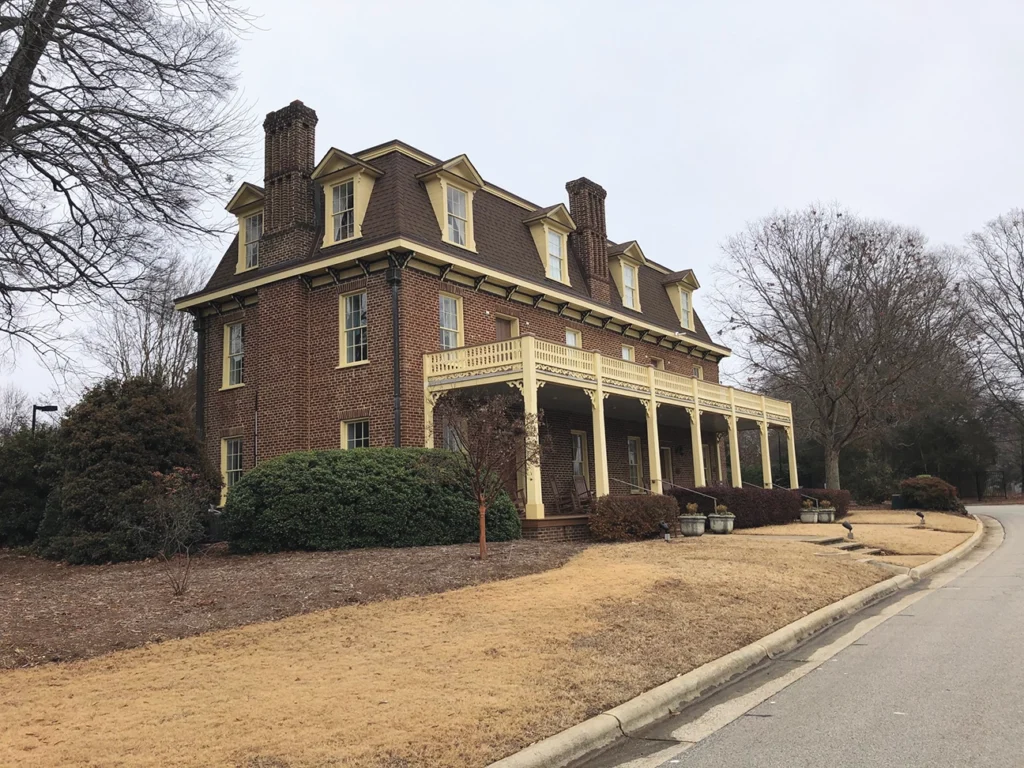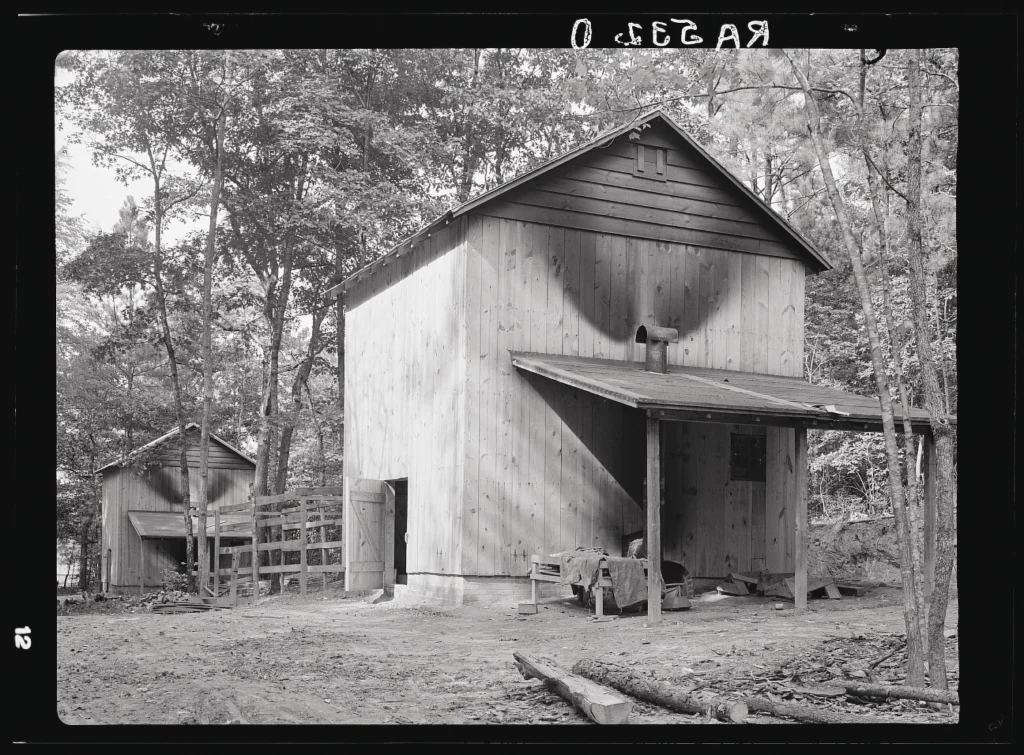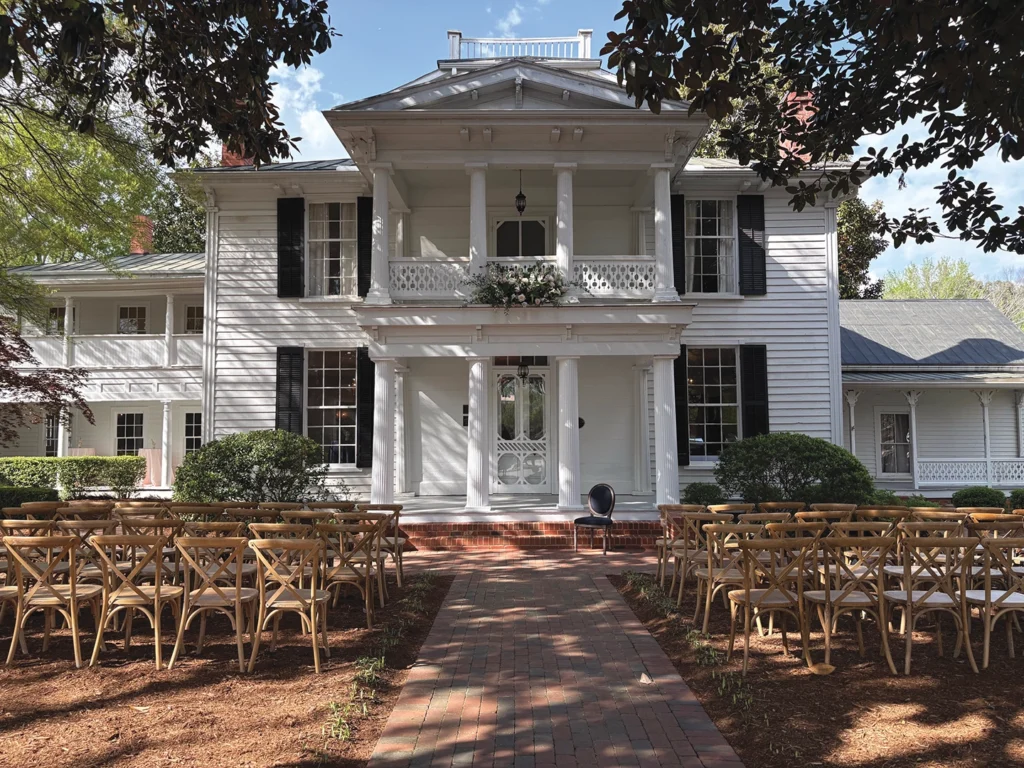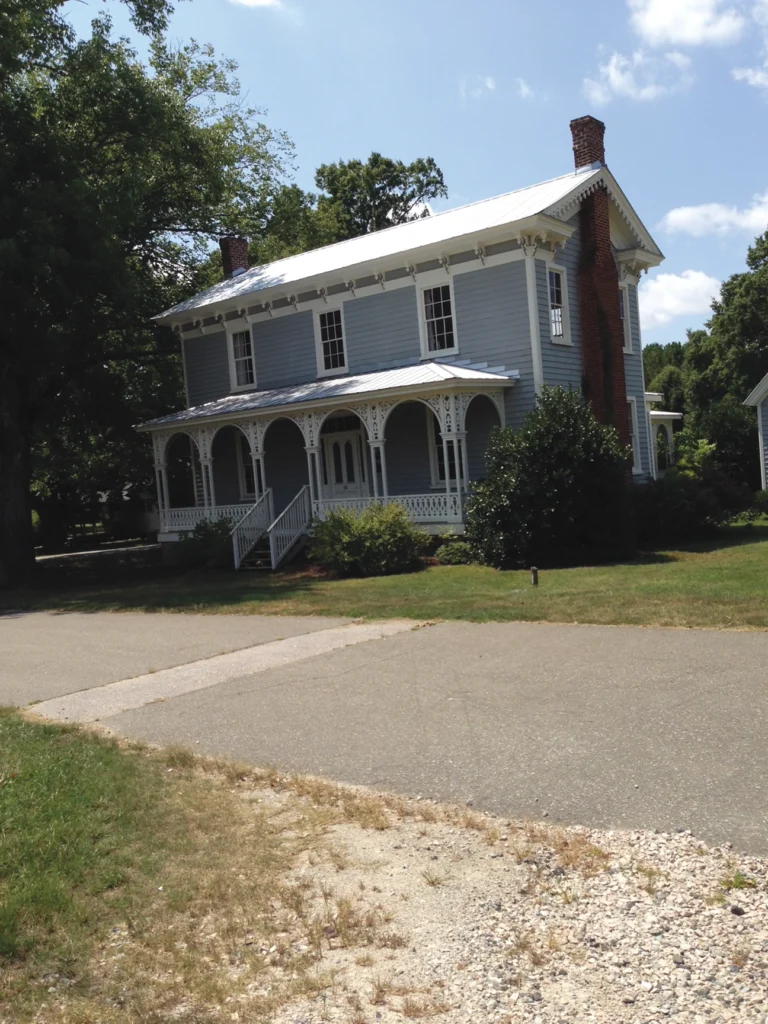By Eric Medlin
With so many new residents arriving in the Triangle daily, it’s fun to take a step back in time to learn a little history about the five towns we now call home. Even those born and raised here may learn something new about how each town received its moniker.
APEX
Apex, the “Peak City,” is one of Wake County’s many railroad towns. It was incorporated in 1873 as a stop on the Chatham Railroad. The town is not at the highest elevation in Wake County; that honor belongs to Holly Springs. Instead, Apex’s name is derived from its status at the highest point of the railroad line. A similar reasoning also influenced the naming of High Point and Terminus, the original name for Atlanta, Georgia.
Apex’s position on the railroad led to quick growth for a 19th century Wake County town. It currently has the largest historic downtown district in the county outside of Raleigh and Wake Forest. The district is centered around the 1912 Apex Town Hall and the 1914 Apex Union Depot, exceptional examples of early 20th century architecture on Salem Street. Apex did not substantially grow beyond its downtown until the 1980s and 1990s, when Research Triangle Park led to the beginnings of a population boom that has continued to this day.


CARY
Cary is the second-largest town in Wake County, with over 180,000 residents according to a 2023 estimate. It is the home of multinational corporations, famous schools and the tallest Rajagopuram—a type of entry to a Hindu temple—in the United States, located at the Sri Venkateswara Temple of North Carolina. But it was not always this large!
Cary began as a stop on the North Carolina and Chatham Railroads. One of its oldest buildings is the Page-Walker Hotel, built in 1868 and famous for its mansard roof. It was owned by the Page family, which counted among its members Congressman Robert N. Page and ambassador to Great Britain Walter Hines Page. The town was incorporated in 1871 and named for Samuel Fenton Cary, an abolitionist and Prohibitionist leader from Ohio whom the town founders admired. This anti-liquor heritage is ironic today, given that Cary and its bustling Fenton district are known for their bars, taverns and bottle shops.

FUQUAY-VARINA
Fuquay-Varina is actually a hybrid of two towns, much like Winston-Salem and Wilkes-Barre, Pennsylvania. Fuquay, incorporated in 1909 as Fuquay Springs, became a tourist attraction for its healing mineral springs, which can still be visited today off South Main Street. But the vast majority of early residents were farmers, primarily in tobacco. The community’s rural heritage is remembered at Ashworth Park downtown, which is home to a reconstructed 100-year-old tobacco barn.
Varina was the neighboring railroad community founded around the same time. The two towns were never distinct entities, with the community and post office of Varina always located within the city limits of Fuquay Springs. But their close proximity, combined with decreased tourism to the springs, led to the towns combining names in 1963. The original campus for Wake Technical Community College, founded in 1963, was located at the campus’s modernist Holding Hall.

HOLLY SPRINGS
As befits its name, Holly Springs was named after a natural freshwater spring that became the site of a rural community in the late 1700s. The community remained small throughout the 19th century, defined by businesses, schools, and stately homes like the Leslie-Alford-Mims House.
In 1949, a profile by Mary Hicks Hamilton in the The News & Observer called Holly Springs “lazy and sleepy” and noted that “almost each house has its small farm and garden with blooming peas, white potatoes and corn.”
The community was still rural for decades after the arrival of Highway 55. Holly Springs hesitated to join in the growth affecting the area in the 1980s and even considered merging with Cary at one point. But now, Holly Springs is growing like few other towns in the country; its population grew by nearly 1,000% in the 1990s.

MORRISVILLE
For many decades, Morrisville was Wake County’s smallest town. It was established in 1875 on the railroad line and named for a local landowner. The area was the site of one of the last battles of the Civil War in April 1865, when Union soldiers attacked a westbound train carrying supplies and wounded soldiers. This battle was the final skirmish involving troops of General William T. Sherman.
After Morrisville, both Union and Confederate soldiers went on to Bennett Place in present-day Durham—the site of one of the last surrenders of the war. A local historical marker and a Civil War Trail marker on Morrisville-Carpenter Road commemorate the battle near the railway line where it occurred.
Morrisville was a rural town centered around the current intersection of Aviation Parkway and Chapel Hill Road, the site of several historic homes today. It remained small until recent decades, with only 251 residents counted in the 1980 census. Morrisville’s status in Wake County has certainly changed in recent years; the town’s population grew by 2,800% between 1990 and 2020, one of the highest growth rates in the nation over that period.

